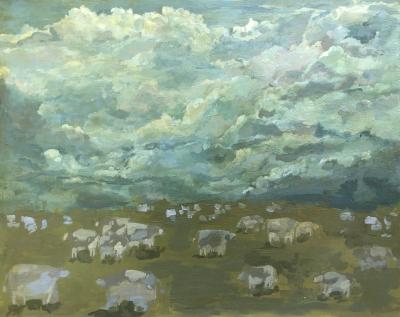Climate Change in Focus: Assessing Regional Impacts and Strategies in Ohio

The Fifth National Climate Assessment (NCA5), a comprehensive federal report on climate change, focuses on the impacts, risks, and responses to climate change across the United States. Authored by nearly 500 experts and 250 contributors, it thoroughly analyzes how climate change affects specific regions, such as the Ohio Valley, Great Lakes, and Ohio.
The report predicts significant changes in Ohio's climate, including intense periods of heavy rainfall and flash droughts. These changes are expected to disrupt water levels in Lake Erie, affecting shipping channels and the economy. Agricultural productivity may also decline due to variable precipitation and temperature patterns.
State Climatologist of Ohio Aaron Wilson, assistant professor - Ag Weather and Climate Field Specialist, Department of Extension - College of Food and Agriculture and Environmental Science at The Ohio State University, and NCA5's Midwest chapter lead author highlights the expected warmer winters with fewer intense snowstorms, affecting areas with historical and cultural ties to snow, like Geauga County and Chardon. Conversely, Ohio summers are projected to become hotter, raising concerns about heat-related health risks and poor air quality, exacerbated by events like Canadian wildfire smoke.

The assessment stresses that climate change disproportionately affects low-income communities and communities of color, who are more susceptible to the challenges of fluctuating weather patterns due to systemic issues and underinvestment.
Warmer temperatures are leading to changes in species behavior and habitat, with potential for species relocation or loss. The Great Lakes region may face challenges like invasive species and reduced water quality, exacerbated by heavy rains causing harmful algal blooms.

The report emphasizes the need for immediate actions to mitigate climate change effects. It references successful initiatives like the Ashtabula wetland restoration and the H2Ohio program. Still, as stated by Wilson, it underscores that no single project can fully address the multifaceted nature of climate change challenges, calling for comprehensive strategies across various sectors.
Read about and listen to the report from the Ohio Newsroom on WOSU Public Media.
Learn more about the assessment by visiting NCA5.
See more images by visiting the USGCRP's Art X Climate Gallery
